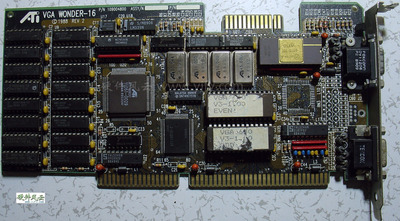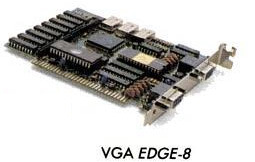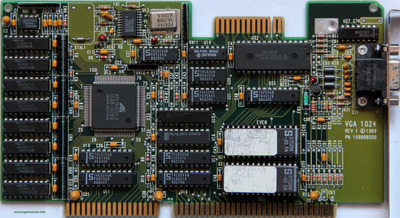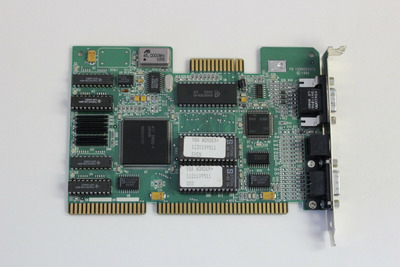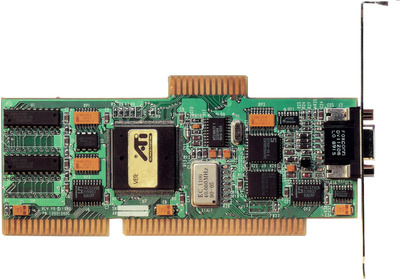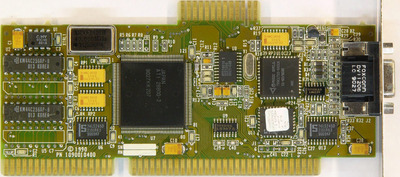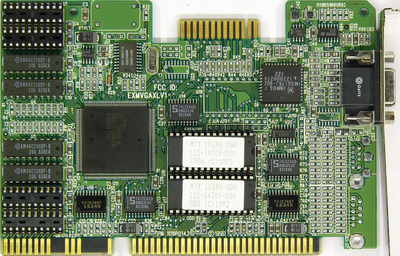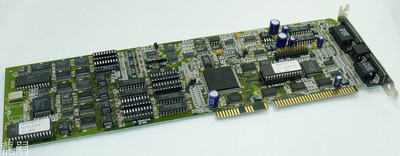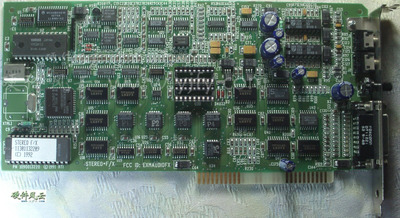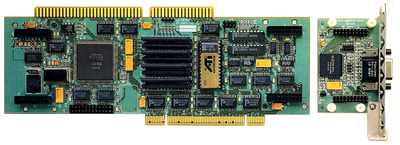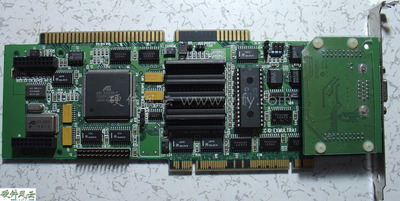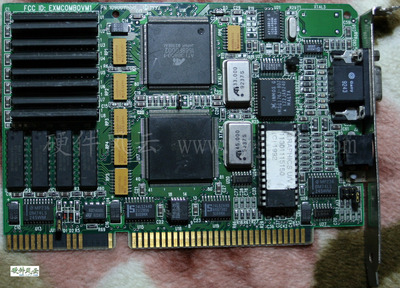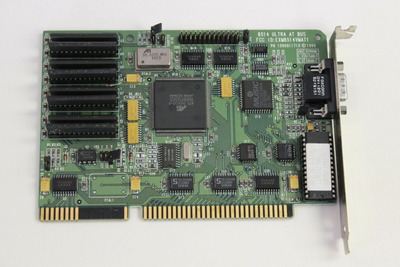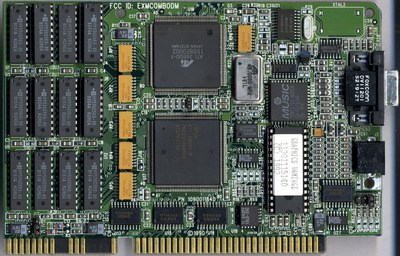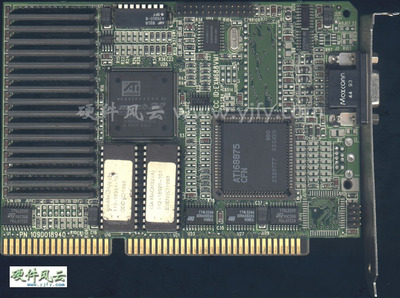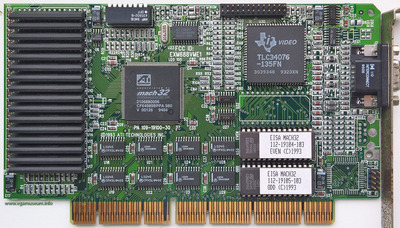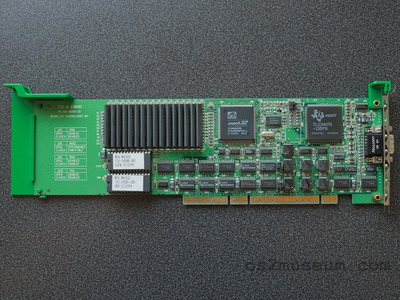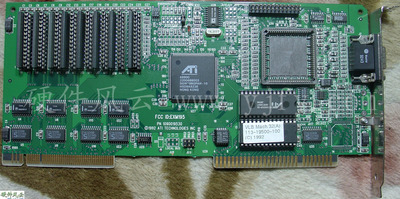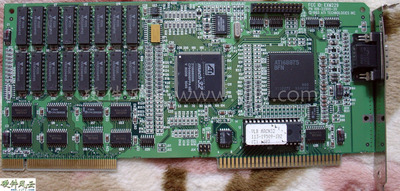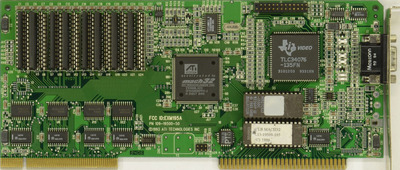4. Mach8 series
In the late 1980s and early 1990s, the era of DOS operating system, computers did not require high display technology. The graphics card at that time was called a display adapter, and its only function was image output, while the real graphics operations all depended on the CPU. With the advent of the Microsoft Windows operating system, the previous display adapters were overwhelmed. With the development of technology and the application of various software, the demand for computer graphics interface is getting higher and higher, and the Mach series came into being.
The ATI Mach8 line was a series of 2D graphics accelerators for personal computers developed by ATI Technologies.Being one of the first graphics accelerator chips on the market, the Mach 8 did not have an integrated VGA core. It was essentially a clone of the IBM 8514/A .
The Mach8 chip was sampled in September 1989, and the Mach8 graphics card was finalized in November 1990, and finally sold in early 1991. It is ATI's second-generation graphics chip.
4.1 8514/Ultra
FCCID:EXMULTRA1
Ati 38800 CHIP,1MB VRAM.
The FCCID certification passed date is January 23, 1991.
This is ATI's first 2D graphics accelerator card optimized for Windows, but like IBM's 8514/A, it can only handle 2D graphics operations but cannot provide VGA output.
ATi 8514/Ultra is addon accelerator with dual bus options 16-bit/16-bit ISA and MCA。
4.1.1 PN 1090011300
The picture below is a picture of the 8514/Ultra graphics card on the 8514/Ultra graphics box. Both the graphics card and the graphics accelerator chip are engineering samples. In this period, the two digits after PN are 00 are engineering samples.
